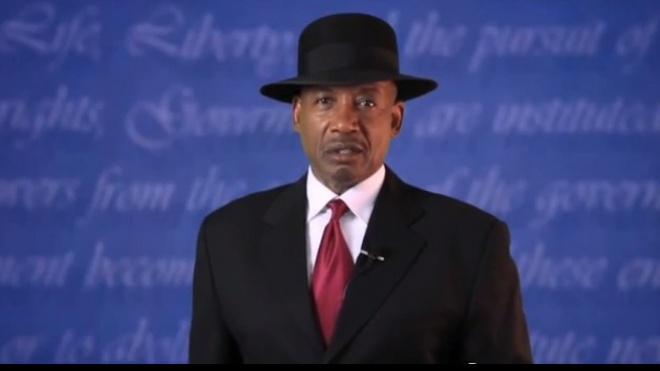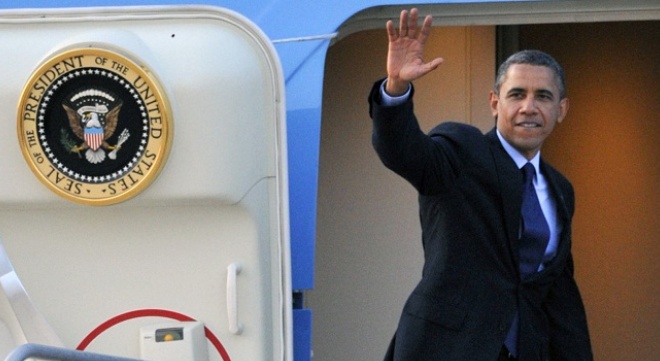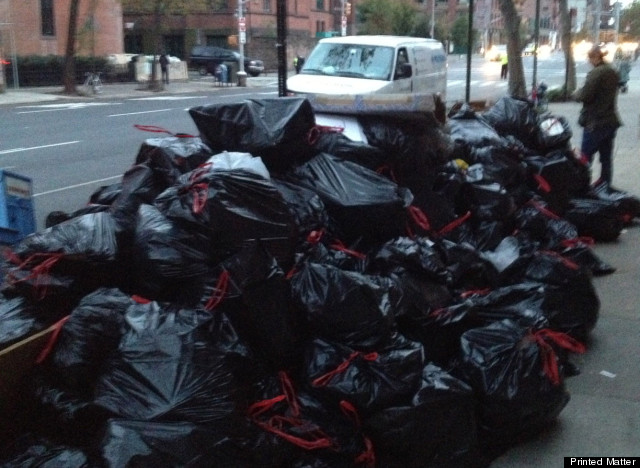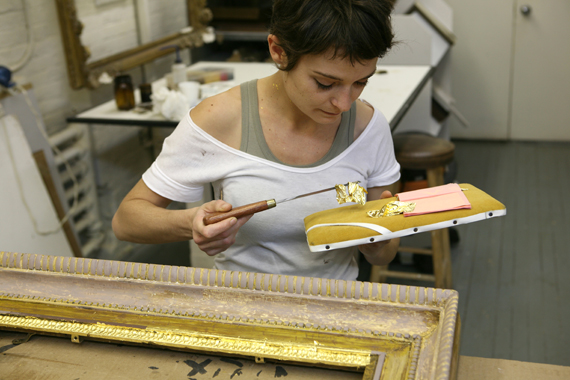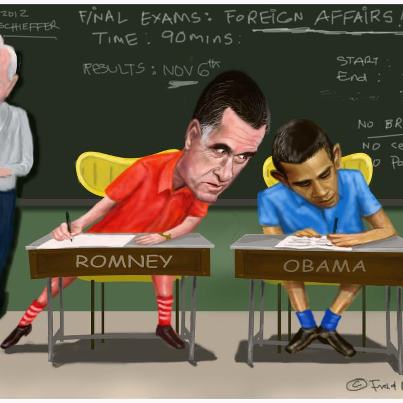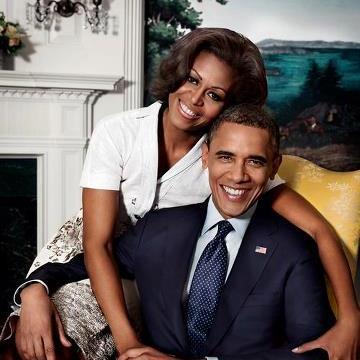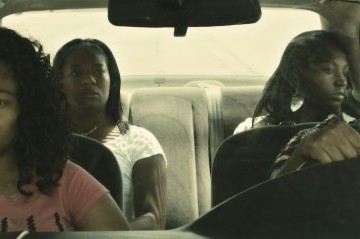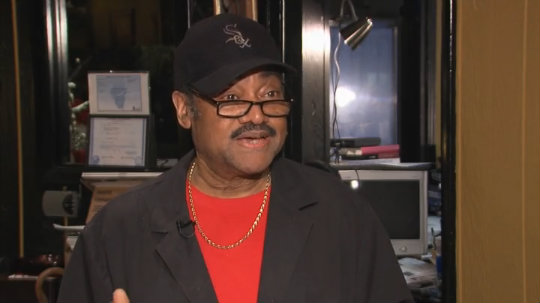

Florida Gov. Rick Scott (R) has refused to extend the state’s early voting hours, despite long lines at the polls. (AP Photo/Chris O’Meara)
WASHINGTON — Once again, Florida and its problems at the polls are at the center of an election.
Early voting is supposed to make it easier for people to carry out their constitutional right. Tuesdays are notoriously inconvenient to take off work, so many states have given voters the option of turning out on weekends or other weekdays in the run-up to Election Day.
But in Florida this year, it has been a nightmare for voters, who have faced record wait times, long lines in the sun and a Republican governor, Rick Scott, who has refused to budge and extend early voting hours.
“People are getting out to vote. That’s what’s very good,” said Scott.
People are getting out to vote — but many of them are having to wait in line for three or four hours to do so. One contributor to DailyKos claimed it took 9 hours to vote. In Miami-Dade on Saturday, people who had gotten in line by 7:00 p.m. were allowed to vote; the last person wasn’t checked in until 1 a.m., meaning it took some individuals six hours to cast a ballot.
“We’re looking at an election meltdown that is eerily similar to 2000, minus the hanging chads,” said Dan Smith, a political science professor at the University of Florida.
Miami-Dade attempted to deal with the problem on Sunday by allowing voters to cast absentee ballots in person between 1:00 and 5:00 p.m. However, after just two hours, the Miami-Dade elections department shut down the location after too many people showed up. People outside the locked doors were reportedly screaming, “We want to vote!”
“They didn’t have the infrastructure,” filmmaker Lucas Leyva, who was among those turned away, told The Huffington Post’s Janie Campbell. “We read the press release and everything that went out this morning, promising we’d be able to get absentee ballots and vote. We got here and there was a line of hundreds of people all being told the same thing, that that wasn’t true anymore. You could drop off [a ballot], but they could not issue one.”
And if getting turned away from the polls weren’t enough of an indignity, some of those 180 people ended up getting their cars towed from the parking lot across the street, according to a Miami Herald reporter.
On Twitter, former Republican governor Charlie Crist — who is now an independent — responded to news of the office’s closing, writing on Twitter, “Let the people vote!”
“We had the best of intentions to provide this service today,” said department spokeswoman Christina White. “We just can’t accommodate it to the degree that we would like to.”
About 30 minutes later, a Miami Herald reporter tweeted that the Miami-Dade location was reopening its doors.
Palm Beach, Pinellas, Orange, Leon and Hillsborough Counties also opened up in-person absentee voting on Sunday.
President Barack Obama’s campaign and some of its supporters were attempting to keep people’s spirits up — and discourage them from abandoning the lines — by bringing in food, water and even local musicians and DJs as entertainment.
North Miami Mayor Andre Pierre brought 400 slices of pizza to voters in line at 10:30 p.m. on Saturday night at the city’s public library, according to an Obama official.
While many Democrats viewed it as a victory when a few offices opened absentee balloting on Sunday, the process is not the same as early voting — and could result in more individuals not having their votes counted.
“Absentee ballots have a much higher rejection rate for minorities and young people, if you look at the Aug. 14 primary,” said Smith.
A major reason there are so many problems at the polls is that last year, Florida’s GOP-controlled legislature shortened the number of early voting days from 14 to eight, meaning all early voters are trying to cast their ballots in a shorter window. Previously, Floridians were allowed to vote on the Sunday before Election Day — a day that typically had high traffic.
But losing that final Sunday isn’t the only problem. Smith said that he and Dartmouth professor Michael Herron found that in 2008, voters 65 or older were much more likely to cast ballots in the first five days of early voting than members of other age groups, alleviating some of the pressure at the polls in the remaining days. Those extra days, however, are gone this year, leading to a compression that the system has been unable to handle.
Scott has refused to extend early voting hours, essentially arguing that there is no problem, despite calls from Democrats, independent groups and even a Republican elections supervisor. He is arguing that he can extend early voting hours only when there is a true emergency — like a natural disaster — that warrants it.
“I’m focused on making sure that we have fair, honest elections,” said Scott. “One thing to know, these early voting days and on Election Day, if you’re there by the time the polls close, you get to vote.”
Scott has some of the lowest approval ratings of any governor in the nation. In recent Quinnipiac poll, just 39 percent of Floridians said they approved of the job he is doing. Scott, unlike many other GOP governors, has not hit the campaign trail much on behalf of Mitt Romney.
As Florida Democrats have pointed out, the state’s previous two Republican governors — Jeb Bush and Crist — both extended the hours. A spokesman for Bush didn’t return a request for comment.
A judge extended the hours in Orange County after the state Democratic Party sued for more time. The location was closed for several hours on Saturday when everyone was evacuated due to a suspicious package.
Democrats are traditionally more likely to vote early, which is why many in the party have ascribed political motives to Scott’s restriction of the process. According to a report in the Miami Herald on Saturday, Democrats were leading Republicans “by about 187,000 early in-person ballots cast” as of that morning.
On Election Day, there will be fewer polling precincts this year than in 2008 — due to redistricting and budget constraints — meaning traffic on Tuesday could also be a problem.
Florida is expected to be tight in this election. According to HuffPost Pollster’s average of polls in the race, Romney is now leading Obama in the state by less than one percentage point.
This article was updated with comments from Dan Smith.
Like this:
Like Loading...
